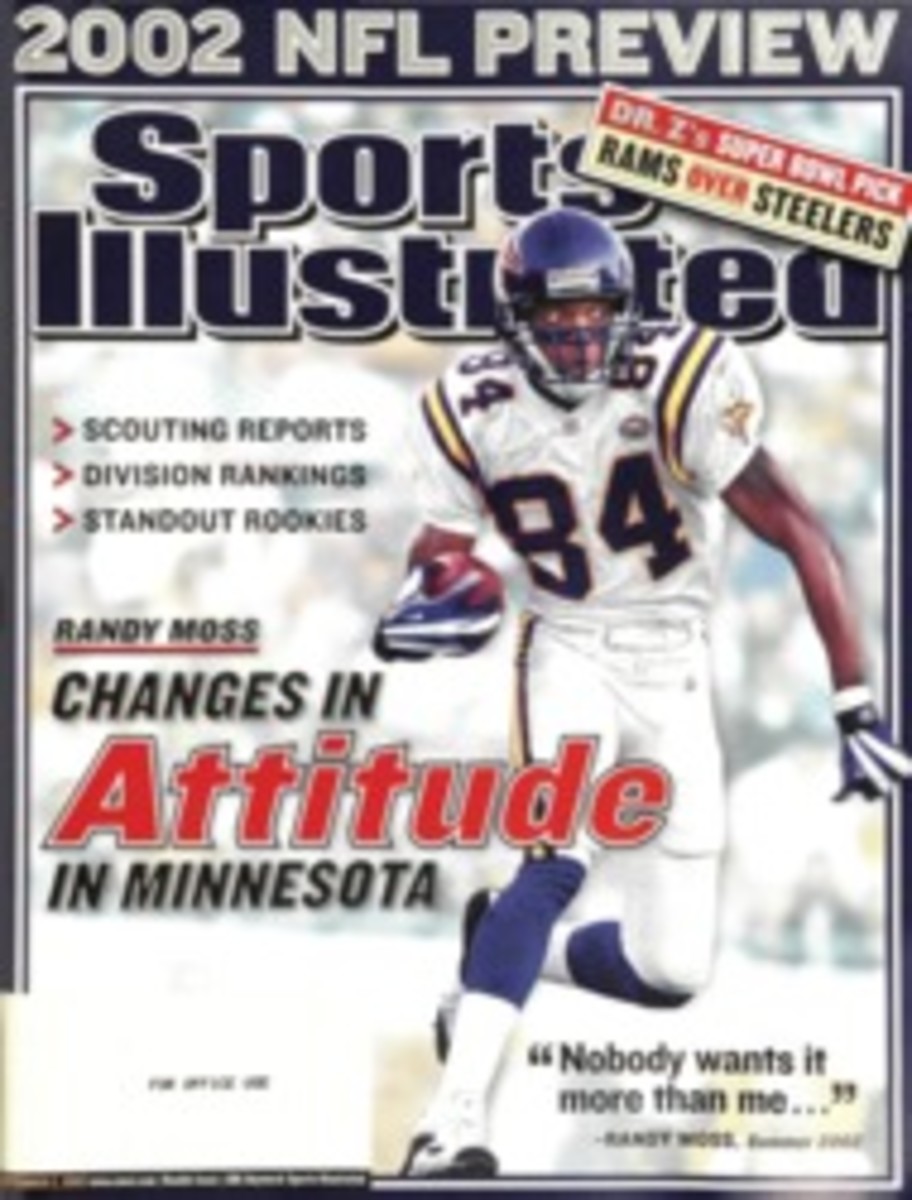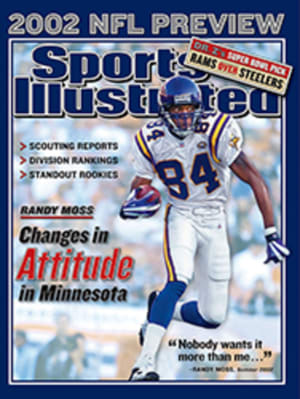
Sultan of Sales From humble caddie roots grew the king of golf-equipment pitchmen
Most salesmen wear their loyalties on their sleeves. Johnny
Gilkison, 65, the most successful seller of golf equipment ever,
did that and more. He proudly displayed his allegiance to
Titleist on his socks, pants and towels, as well as on birth
announcements, license plates, lamps, chairs and just about
everything else in his house. "I was very flexible," says
Gilkison's wife, Joni.
Her husband, a devout Catholic and a former Marine, was not as
tractable. "Other equipment companies were curse words to Dad,
and we weren't allowed to curse," says Dan Gilkison, 37, a
Titleist sales representative in Los Angeles and one of three
Gilkison boys to follow their dad into the golf business. (There
are two other Gilkison children, who are not in the golf
biz--Gary, 31, a computer sales manager, and homemaker Mary
Beth, 35, though she is married to Erik Brown, the Titleist rep
in San Diego. Another son, John Jr., was a Democratic Party
consultant before dying of Hodgkin's disease in 2000.)
Dan's favorite golfer used to be Jack Nicklaus, but Nicklaus
didn't use Titleist equipment. "I'd cheer for Jack on TV, and
Dad would get mad and make me leave the room," says Dan. Not
even strangers could avoid the company line when the Gilkisons
were around. "At the mall Dad would shop while we'd plaster
every car in the lot with Titleist bumper stickers," says
youngest son Bobby, 25, who covers the Myrtle Beach territory
for rival Callaway. (He was Callaway's salesman of the year in
2001.) Says Andy Gilkison, 34, a Titleist rep in Seattle,
"Everything in our family was about promotion. If it were
possible, Dad would've changed our name to Titleist."
As good as Johnny Gilkison was at spreading the Titleist gospel,
he didn't sell more than $100 million worth of clubs, balls,
bags, gloves and apparel through p.r. alone. He was always
several steps ahead of the competition. Long before the Darrell
Survey counted equipment at club-pro tournaments, Gilkison was
on the 1st tee gathering data that he'd forward to clients, and
while most reps focused on the head pro, Gilkison also
cultivated the assistants and the starters. "Most reps only
cared about the honchos," he says, "but I knew that the little
guys would eventually become the big guns."
That strategy paid off on the Monterey peninsula. When Gilkison
made his first call there, in 1983, not a single pro at the
area's six courses was under contract to use Titleist products.
The first person Gilkison met was R.J. Harper, a young course
marshall at Pebble Beach. "Johnny would talk to me and send
balls with my name imprinted on them, and that made me feel
special," says Harper. Six years later Harper was the head pro
at Pebble, Titleists were the only balls sold in the shop there,
and all the other head pros and assistants on the peninsula
were, like Harper, Titleist staffers.
Gilkison was more than simply an ace salesman. He was also a
brilliant marketer, and Wally Uihlein, the CEO of the Acushnet
Company, of which Titleist is the biggest division, routinely
consulted him. "He was like E.F. Hutton," says Uihlein. "When
Johnny talked, we listened." The one time Titleist didn't
listen, the company almost got burned. In 1999, Gilkison says,
he pleaded with executives to replace the three-piece
Professional ball with the two-piece Pro V1. When other ball
makers introduced Pro V1-like products in the spring of 2000,
"It took Davis [Love] and Phil [Mickelson] telling Wally we no
longer had the best ball for them to roll out the Pro V1," says
Gilkison.
Gilkison got his work ethic from his father, John, a Scot who
emigrated to Chicago in 1928. Johnny learned to play golf as a
caddie at Medinah Country Club. In 1957, after 2 1/2 years of
college at Winona (Ill.) State, he ran out of money and took a
$65-a-week job taking orders for Wilson. Four years later he
became a sales rep. In 1969 Titleist hired Gilkison to cover the
tristate territory around New York City, and he quickly
blossomed into the company's top salesman. He moved to Chicago
in 1976 and in '83 took over the Northern California territory,
where he spent 18 years before going on disability leave in
2001. (He has had two surgeries to repair torn discs in his back.)
On a recent afternoon Gilkison sat in a black wooden rocking
chair--which, of course, bore the Titleist logo--in the office of
his 2,500-square-foot ranch-style house in Pleasanton, Calif.
Asked if he had any regrets, tears welled up in Gilkison's blue
eyes. "I worked too hard and gave up too much," he said. "I was
delivering golf balls on weekends instead of playing with my
kids. How important is it that I'm one of the best sales reps?"
Gilkison's children think it's very important. "We have one goal
in life," says Dan. "To be like Dad."
--Rick Lipsey
COLOR PHOTO: STEPHEN GREEN ALL IN THE FAMILY The Gilkisons (from left), Bobby, Andy, Johnny and Dan, recently gathered at Wrigley Field.

